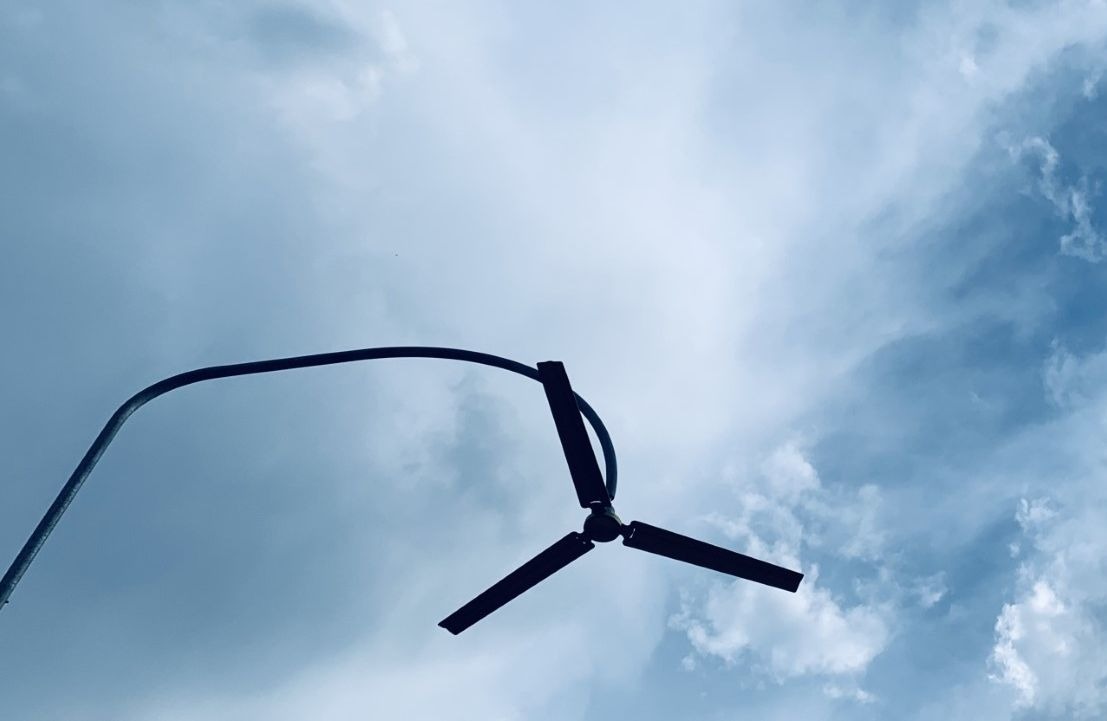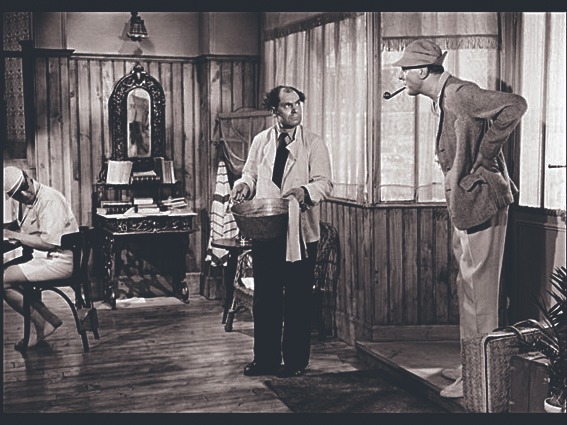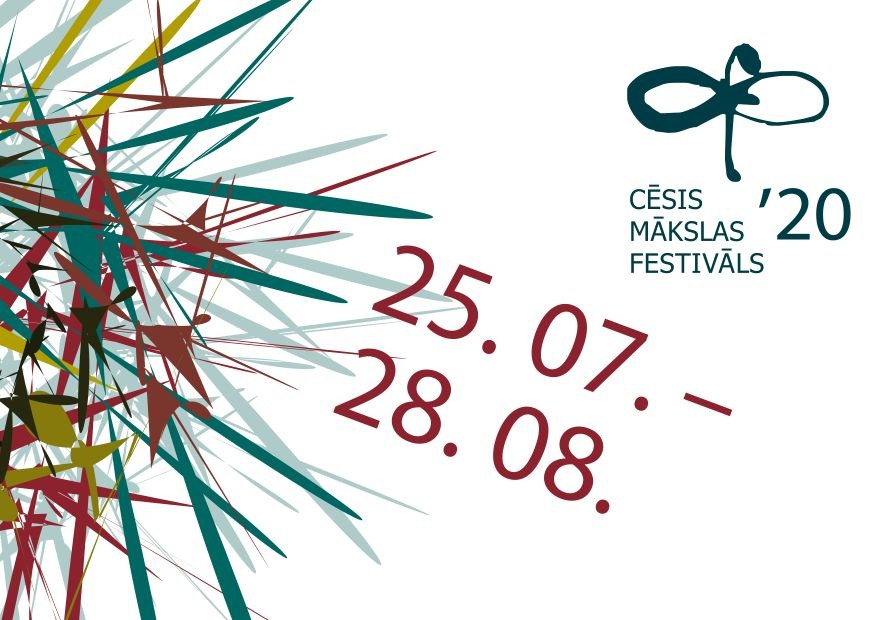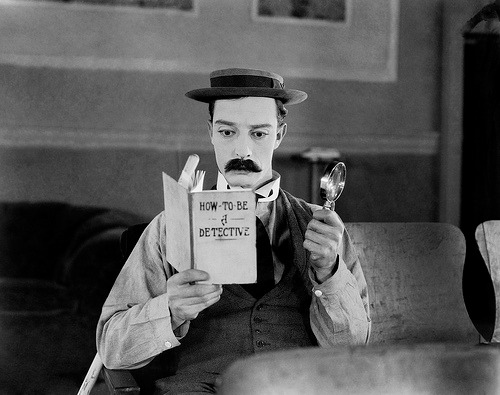
What not to miss: Cēsis Art Festival 2020
Programme highlights
This weekend will see the opening of the annual Cēsis Art Festival, one of the oldest summer festivals in Latvia. Its point of reference and core of support has consistently been the synergy between different art genres – offering viewers a programme that includes visual art exhibitions as well as concerts, performances, and an extensive film and theatre lineup. In addition to the desire to experiment and expand genre boundaries, an organic and essential part of the festival has always been the city of Cēsis and its surrounding natural landscape – the backdrop for the festival – which not only provides spectators/listeners the opportunity to experience works of art and events, but also to discover parts of the city and its environs that are not always on the regular tourist track. Over the years, one of the goals of the Cēsis Art Festival has invariably been to create a special original programme that offers visitors new works created especially for this specific event, as well as custom-designed programmes in the genres of music, visual art, theatre and cinema. This year the festival will take place July 25 to August 28. Arterritory.com offers the following curated selection of festival events.
KAMĒR... UPĒ / IN THE RIVER
A musically performative event
On the left bank of the Gauja River, from Cēsis Bridge to Žagarkalns Campsite
July 25, 21:30

The meanders of the river will become the venue for the opening event of the festival ‘Kamēr... upē’ (In the River). It is intended to be a musically performative event in which the youth choir ‘Kamēr ...’, as headed by Aivis Greters, the choir’s artistic director and conductor, will gather its audience on the left bank of the Gauja River. ‘We are pleased to have the opportunity to give a “clean” a capella concert, floating along with the current of the magical Gauja and standing on its banks and merging with nature, which is the keyword of the concert – both physically and thematically. In nature, everyone has their own special voice and sound, which is why I felt it was important to present listeners with not only a capella singing, but to also highlight the different timbres, voice colours, and talents of individual soloists,’ says the conductor.
The programme’s main reference point is the natural world of Latvia as portrayed by Latvian composers Pēteris Vasks, Ēriks Ešenvalds, Rihards Dubra, Andris Dzenītis, Selga Mence, Valts Pūce and others.
SKAŅA, KO REDZAM. TELPA, KO DZIRDAM /
SOUND THAT WE HEAR. SPACE THAT WE SEE
Visual art exhibition
Cēsis Centre for Contemporary Art
July 25 – August 28

The central axis of the exhibition is sound – vibrations that spread in the form of an acoustic wave, and a person’s interconnection with it. The aim of this exhibition is to reveal the multifaceted nature of sound and its almost infinitely diverse effects on human imagination. At the same time, it brings attention to how magical a room’s resonance can be, to the point of leaving behind associative imprints in one’s memory.
A number of new large-format works have been created specially for this exhibition: Cita istaba / Different Room, a multimedia object by Kaspars Groševs; Izmisuma apoloģija / Apology of Despair, a sound installation cycle by Artūrs Punte and Jēkabs Voļetovskis; Sānskats / Side View, an animation/video by Krišs Salmanis; and Vēja grābslis / Wind Catcher, a kinetic object by Pēteris Līdaka. Exhibited outside will be Kancele / Pulpit, an interactive audiovisual object by Kristaps Ģelzis and Ģirts Bišs, which was nominated for the 2015 Purvītis Prize.
Also of note is the ‘documentary section’ of this project created in collaboration with the arts and culture portal Arterritory.com; it was inspired by the reality of the last few months which, in turn, exacerbated even larger global issues. This section could be described as a transformation of the magazine into a multimedia installation based on excerpts from audio recordings of interviews with artists, philosophers, anthropologists, directors, scientists and thinkers from around the world on the topic of ‘Detox and Healing for the Planet’.
MĒMAIS MENLBALTAIS UN ŠOSTAKOVIČS / SILENT BLACK AND WHITE AND SHOSTAKOVICH
LNSO, REINIS ZARIŅŠ, AND BUSTER KEATON
Cēsis Castle Outdoor Stage
August 8, 21:00
The first part of the evening hosted by conductor Andris Poga will feature Dmitri Shostakovich’s Piano Concerto No. 1, composed by in 1933, which is characterised by rich and ingenious use of musical quotes and parodies – from Ludwig van Beethoven's ‘Appasionata’ to the popular Viennese song ‘O du lieber Augustin’. When the concert first premiered, Shostakovich played the piano solos himself, but on the evening of August 8 we will hear it as interpreted by virtuoso pianist Reinis Zariņš.
In the second part of the evening, musical arrangements by Arturs Maskats and Andris Poga for the LNSO orchestra will accompany Buster Keaton’s silent comedy Sherlock Jr.
In his youth in the 1920s, Dmitri Shostakovich earned extra cash by playing piano for silent film screenings. The film Sherlock Jr. also features a silent film pianist accompanying the action taking place on the screen. Arturs Maskats and Andris Poga created a musical accompaniment especially for this evening using works that Shostakovich composed in his youth and which, in terms of style, mood and associations, make a good fit with Keaton's film. Along with Shostakovich's music, the ragtime piece Original Rags by American composer Scott Joplin will also make an appearance as a reminder of the film's setting.
It should be noted that Buster Keaton’s silent comedy Sherlock Jr. is a masterpiece of classic cinema that has made many generations laugh out loud.
Les Vacances de M. Hulot / Mr. Hulot’s Holiday (1953)
Cēsis Centre for Contemporary Art
August 15, 22:00

A selection from the film programme put together especially for the Cēsis Art Festival this year by the philosopher Uldis Tīrons. ‘Tension created by the silence before a dynamic act; a leitmotif indicating the murderer's appearance on screen; the comic effect caused by a sound before we even see what is making it – these are just some of the rich interplays between sound and image in the arsenal of films selected for this year’s Cēsis Art Festival,’ is how Tīrons characterises his choice of films for the festival.
Mr. Hulot’s Holiday (1953) is a comedy by Jacques Tati from the time of Chaplin and based upon the tradition of the silent clown, with a soundtrack so superb that it deserves to be heard separately. The combination of music and atmospheric sounds creates a unique mood for the film, while at times individual sound effects are used to impart a comic situation.

